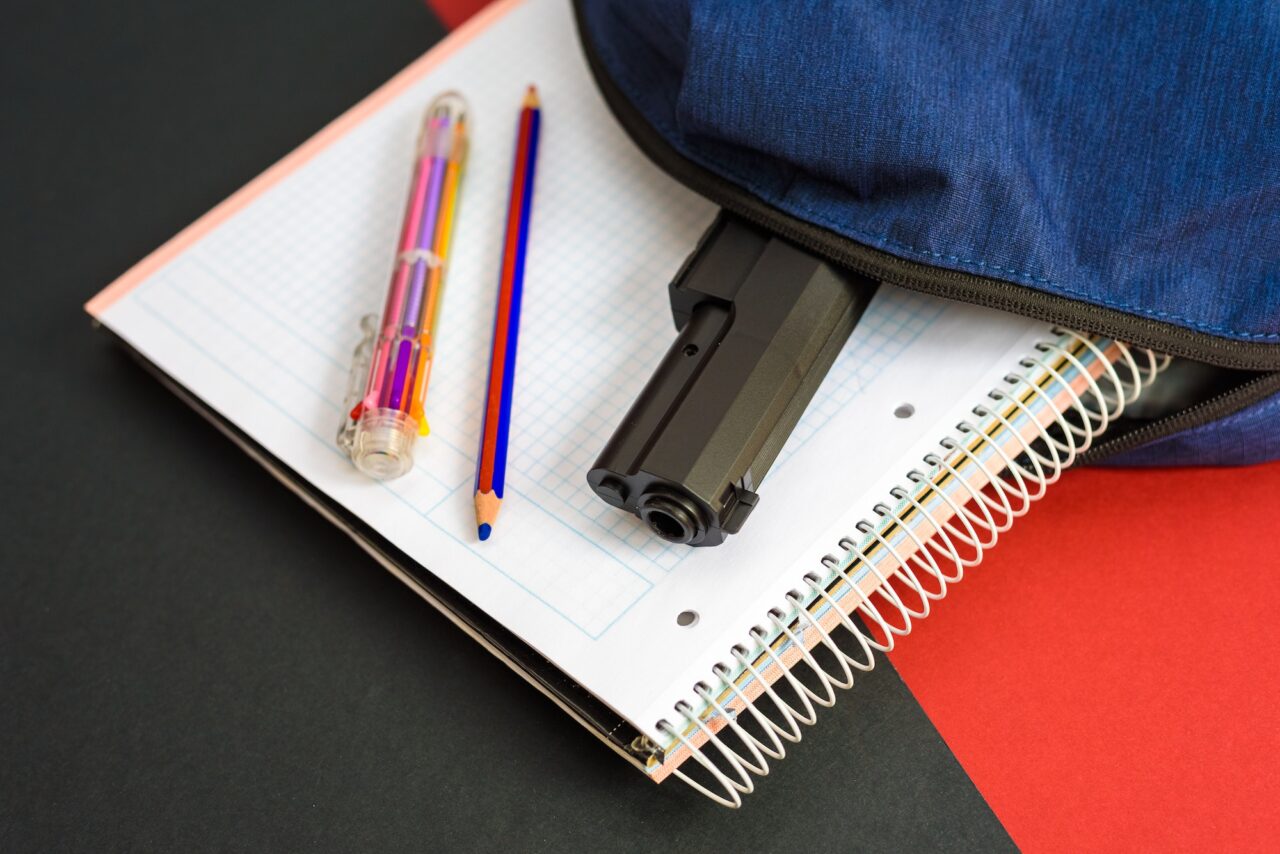With firearm injury now the leading cause of death in children and adolescents in the U.S., researchers at the University of Texas Medical Branch are working to fully define the spectrum of fatal and non-fatal firearm injuries to guide efforts to address this public health crisis.
A UTMB study found that nearly 5,000 children and adolescents were injured or killed by firearms every year from 2008 to 2019 – 1.4 times higher than what was reported by the Gun Violence Archive during the same time period. Non-fatal injuries were twice as common as fatal injuries.
“As a pediatric surgeon, I witness the devastation that even non-fatal firearm injuries can cause to children and their families firsthand,” said Dr. Bindi Naik-Mathuria, lead author of the study and Chief of Pediatric Surgery in the Department of Surgery at UTMB. “When looking to prevent firearm injuries in children, we must first fully understand and define the problem, which includes non-fatal injuries and risk factors.”
The study combined national firearm injury data from the Centers for Disease Control (fatal) and the National Trauma Data Bank (non-fatal) between 2008-2019 for ages 0 to 17 years.
Researchers point out that assault or homicide accounts for the majority of injuries, which require prevention strategies similar to those recommended for adults; however, particular to children, unintentional and self-harm injuries together account for almost a third of pediatric firearm injuries in the U.S. According to a 2016 study on gun-storage practices published by the American Public Health Association, it is estimated that more than half of U.S. firearms owners do not safely store their guns. In addition, access to firearms in the home increases the risk of adolescent suicides by fourfold.
“This means that one-third of these firearm injuries and deaths in children could have been potentially prevented,” said Naik-Mathuria. “Safe firearm storage education and awareness, as well as supporting strong child access protection laws, are vital for the prevention of pediatric firearm injury.”
The study further characterized the full spectrum of pediatric firearm injury by examining the epidemiology of fatal and non-fatal injury data, highlighting significant racial disparities, identifying vulnerable populations, and describing temporal trends. The researchers found that children 12 and under were most affected by non-fatal unintentional injuries, 12- to 14-year-olds by suicide, and 15- to 17-year-olds by assault.
“We have been successful at reducing deaths from motor vehicle crashes by prioritizing it as a public health problem, and we can do the same for firearm injury,” said Naik-Mathuria.


